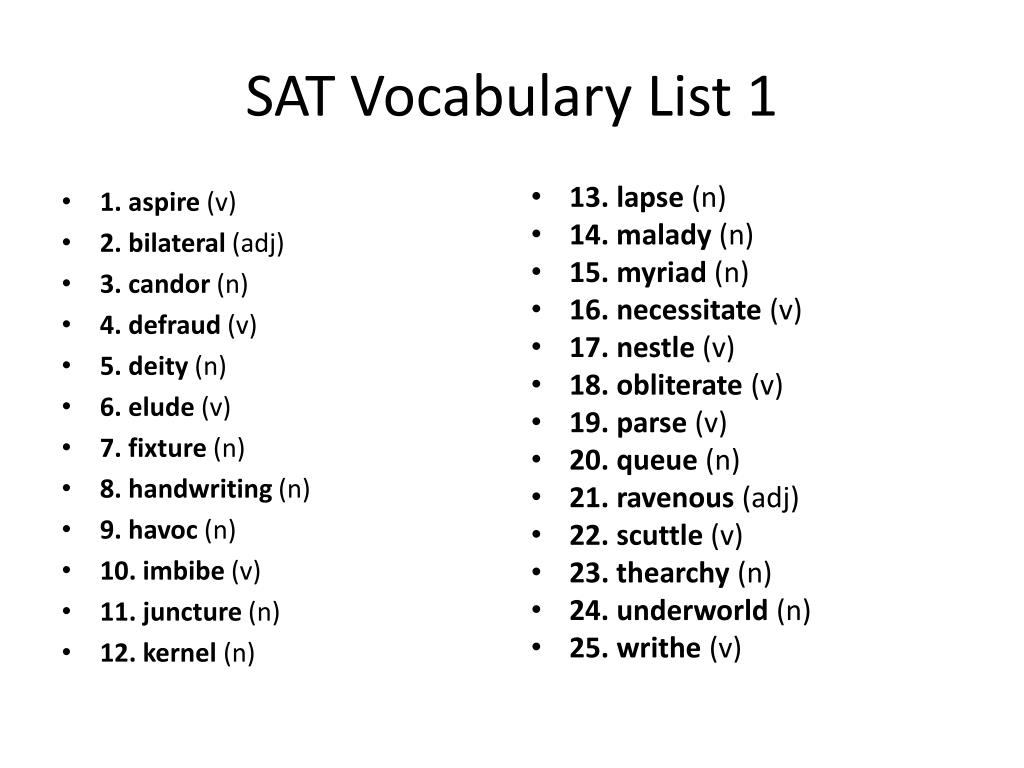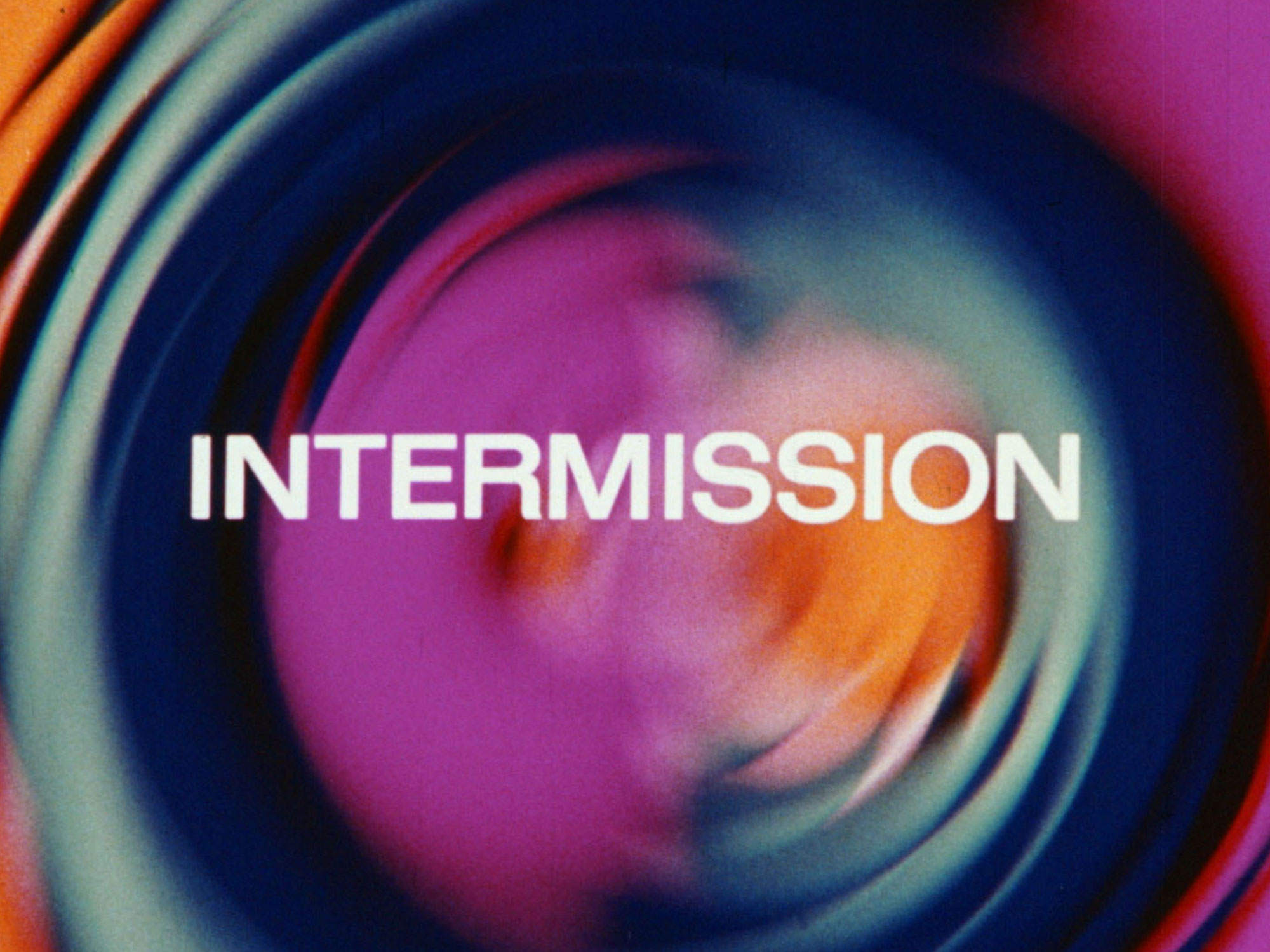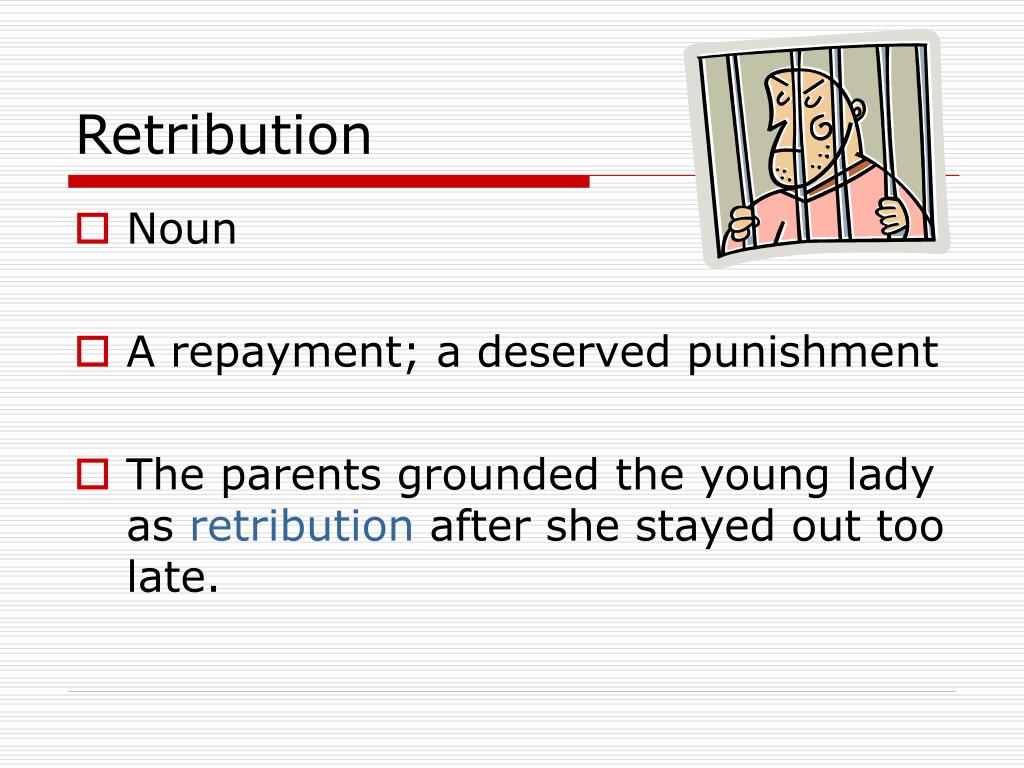

Her 2019 debut album Master was widely acclaimed, with lead singles “Beetlejuice” and “Reminders” climbing the charts (they’ve earned more than 2 million and 1 million YouTube views, respectively) and presenting the singer as an avant-garde lyricist with a psychedelic eye for visuals. Her vocals are feather light in tone with a steel-like force that adds clarity to the tangled aftermath of loving after heartbreak.

But she doesn’t belt out her songs, leading detractors to question her talent and undermine her vocal agility they miss the skillful and intuitive ways she lightly lands on each word. On The Intermission, the Scientist moves from biting ambivalence to emotional self-deception via “Boys Don’t Cry,” and her tone shifts between controlled and slightly off-kilter on “Church.” Brevity has been a fertile place for her art to thrive, showing an ability to turn universally earnest musings into evocative, otherworldly chaos, even when some tracks barely creep past the two-minute mark. When she announced her latest project, Buckles Laboratories Presents: The Intermission, fans applauded the news - and since its March 11 release, the four-song EP has been an irresistible teaser for her upcoming work.

It has given Mariah the Scientist, born Mariah Buckles, a supremely lethal edge one that’s grown sharper with every release.Īppreciating the artist still feels like a secret, even as the public has seemingly grown more conscientious of acknowledging underrated artists. In the less than five years since her arrival on the scene, expressive lyricism is undeniably present on her first two albums, Master and RY RY World. The romance fizzled, but the experience prompted her to pivot away from her dreams of becoming a pediatric anesthesiologist and towards creating tunes that were a salve for her sorrows, and medicine for open-hearted listeners who are fully aware of their own bad habits and toxic traits.

John’s University in 2016, she recorded a playlist for her then-boyfriend. While she was a freshman at New York’s St. Incidentally, it was the free-falling optimism of a first love that led her into the booth. I didn’t really have that, but eventually, I started to come up with some type of structure - so a verse or a hook, another verse, then a hook again.” Over beats reminiscent of quiet-storm but rooted in Atlanta’s distinctly soulful 90s hip-hop, with an R&B lean, her music presents love not simply as a physical feeling that leaves you low or aching for tomorrow, but which compels your brain to recalibrate itself while reeling from grief. “That cell wall keeps everything together and in place. If I were to make a metaphor for that science-wise, it would be that my songs were a cell with no cell wall,” she said. “Initially when I made music, there was no structure. “It’s kind of impromptu and it’s only when I’m really, really stuck.” By testing phrases and finding the right formulas to turn colloquial chit-chat into blistering farewells, her growing discography has already expanded the vocabulary for her listeners to ponder theories on self-destruction, redemption, and mourning a social generation’s apathy to intimacy. “Every now and again when I’m writing a song and I don’t like the word or it’s too basic, I go to google and find some sort of synonym,” she shares over the phone from Atlanta, her hometown. But you can't predict the lyrics from Mariah the Scientist, a former biology major who has turned herself into a different type of alchemist. Have you ever found yourself finishing a line to a song that you know you’ve never heard before? You’re not psychic, because over time certain words have become lyrical mainstays, turning the act of listening into a passive role.


 0 kommentar(er)
0 kommentar(er)
